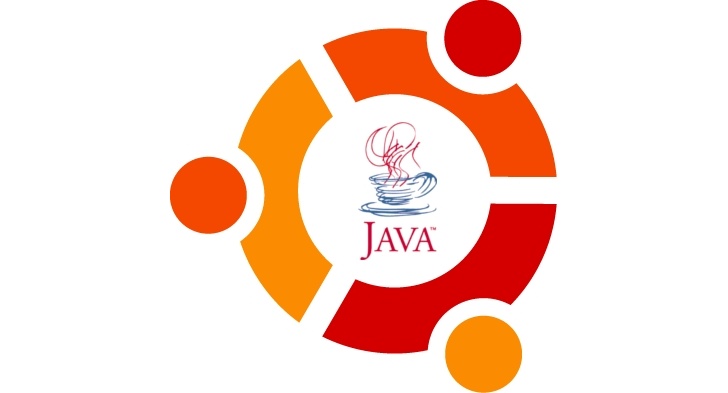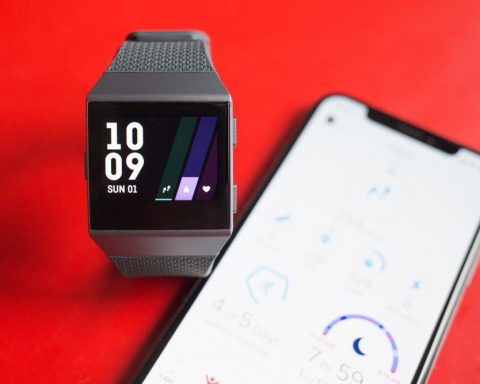Most designers utilization Java systems to fabricate captivating and intuitive web requisition without putting any additional time and exertion. Likewise, every designer has alternatives to browse a mixed bag of Java web requisition improvement structures to suit the particular prerequisites of his venture. Like other progressed web advancement schemas, most Java improvement systems now help the Model-View-Controller (MVC) outline. The configuration makes it less demanding for engineers to particular business rationale and presentation.
Further, the stream of customer solicitations and server movements are composed in a coherent manner through a controller. Every Java web advancement schema is planned with notable characteristics and purpose. Thus, the Java bean wrappers, Java Server Pages and tag libraries will likewise contrast dependent upon your decision of schema. Be that as it may an engineer can in any case utilize a set of comparable Apis to effectively outline and execute capable web requisitions. In the event that you are new to Java improvement, it is a great thought to look at some of these mainstream web advancement skeletons.
6 Widely Used Java Web Development Frameworks
Apache Struts 2: As an endeavor primed web provision improvement skeleton, Apache Struts permits engineers to streamline the whole advancement venture cycle. Struts 2 likewise accompany an enhanced outline with clean code for skeletons that don’t rely on upon HTTP and make dynamic reactions. A designer can utilize the AJAX tags to add adaptability and intelligence to the site pages by profiting the preferences of standard Struts tags. He can additionally utilize Struts 2 as an open source apparatus to fabricate little ventures. Be that as it may, the structure does not permit programmers to create applications basically by moving controls.
Spring: Spring is immensely mainstream as an effective yet adaptable advancement skeleton. You can utilize Spring to help the look, feel and execution of your web requisition without composing extensive codes. The schema permits you to coordinate a wide mixture of perspective choices including PDF, Excel, Velocity and Jsp/jstl, consistently dependent upon the necessities of your requisition. In the meantime, you can likewise utilize the Inversion of Control gave by Spring to effectively test your web provision. The backing of an expansive engineer group additionally makes the structure famous for creating a mixed bag of endeavor web requisitions.
Wicket: In correlation to customary Java advancement systems, Wicket is more clear, and additionally goes in the inverse course. Without utilizing XML, Wicket divides rationale and markup, alongside utilizing a POJO information model. You can embed HTML-based layouts to make the pages element, while keeping Java far from your page outline. Alongside offering the favorable circumstances of unadulterated Java, the schema is likewise more protest situated in correlation to others. Notwithstanding, a designer or fashioner must have satisfactory experience to utilize Wicket within a definite and exact way.
Crease: Unlike other Java improvement structures, Seam is viable in packaging Java EE principles and also making them cooperate as an incorporated result. Alongside center gauges like Ejb3 and JSF, Seam likewise entwines different parts to encourage smooth work stream and standard administration. The mix of center gauges and parts has made it less demanding for Seam to maintain a strategic distance from the intricacy at the building design and API level. Crease likewise permits undertaking requisition designers to profit various preferences like implicit libraries for PDF, diagrams, Excel, and email. The decrease measure of XML will add security to your provision, while the inherent libraries will spare your time and exertion.
Java Server Faces (JSF): In examination to the present day Java advancement systems, JSF is a cycle more established. In any case JSF is still well known around engineers because of supporting Java EE standard. The characteristic makes it less demanding for engineers to fabricate utilizing interfaces utilizing parts on a page. Additionally, the parts could be utilized or added to make it less demanding for you to catch the occasions activate by their movements. JSF likewise permits designers to benefit raise effective interfaces by benefitting the advantaged of MVC model. Further, its stable and simple to utilize characteristics can supplement the needs of a mixture of undertaking web requisitions.
Google Web Toolkit (GWT): The gigantic notoriety of Google regularly makes designers to compose AJAX provisions like Gmail and Google Maps. The Google Web Toolkit makes it simpler for designers to manufacture and uphold complex front-end interfaces planned utilizing Javascript and Java. They can further create and debug AJAX applications utilizing any Java improvement device of their decision. In any case, the utilization of Javascript will oblige programmers to put some additional exertions to impart, test and reuse the AJAX parts. Anyway a percentage of the characteristics gave by the schema will make it less demanding for them to handle bookmarking, nonconcurrent remote technique calls, history administration and cross-program convenientce.
The decision of Java web improvement skeleton fluctuates starting with one designer then onto the next. It is constantly imperative to pick a skeleton by remembering the particular requirement of your undertaking. Additionally, you need to assess the advantages and disadvantages of unique systems to pick the choice that spares your time and exertion.








